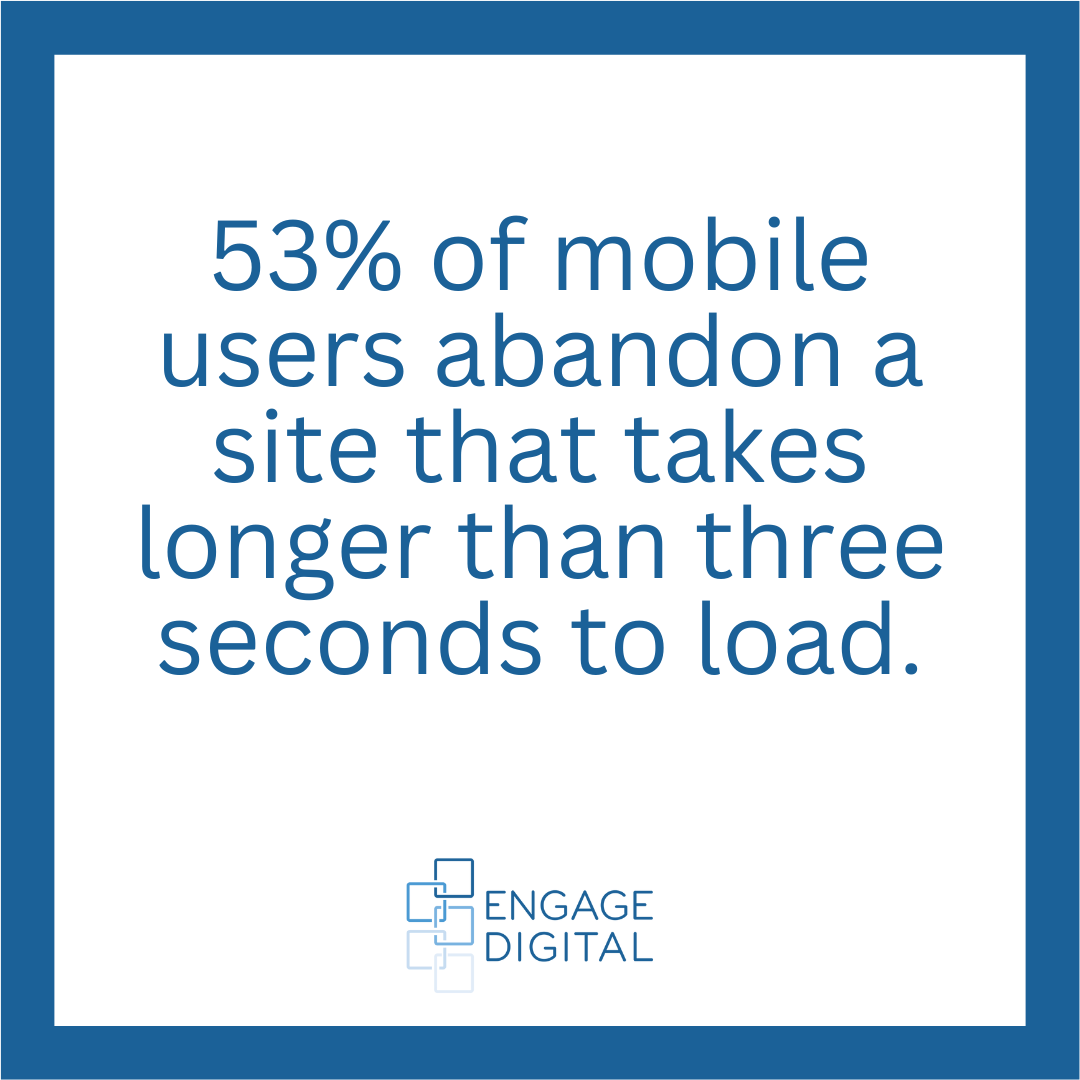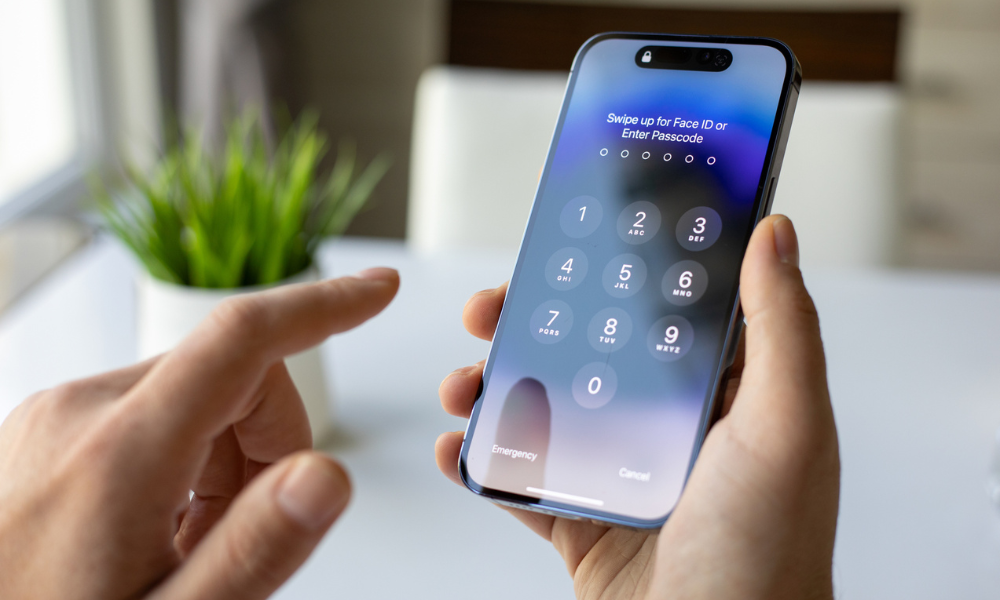Mobile devices have become fundamental in shaping consumer interactions, altering how users seek information and engage with brands. For businesses that maintain relevance in this fast-evolving landscape, prioritizing mobile optimization is crucial for success. With more individuals accessing the internet via smartphones and tablets than ever before, it is evident that a mobile-first approach is beneficial and a requirement. This blog will explore why mobile should be at the core of digital marketing strategies while providing insights on how businesses can effectively enhance mobile user experiences.
Understanding the significance of mobile optimization is the first step in adapting to modern consumer habits. Most users expect websites, emails, and content to display and function seamlessly on their devices. Failing to meet these expectations can lead to frustration and lost opportunities. By focusing on mobile-first strategies, businesses improve customer satisfaction and position themselves to seize new opportunities in an increasingly mobile-driven marketplace.
Mobile-First Approach is Essential for Success
According to a study by StatCounter, global mobile devices account for over 60% of website traffic. Businesses can no longer afford to underestimate the role of mobile optimization. Developing a mobile-first strategy involves designing websites primarily for smartphones and tablets, ensuring seamless experiences on smaller screens. This strategy boosts user satisfaction and decreases loading times, enhancing search engine rankings. Google’s search algorithm prioritizes mobile-friendly websites, reinforcing the importance of mobile optimization. Neglecting mobile can lead to lost opportunities and diminished visibility in a crowded marketplace.
The mobile-first approach involves more than just resizing web content; it requires rethinking the user experience to promote smooth navigation, easy content readability, and touch-friendly interfaces. For example, larger buttons and clear calls to action are essential for enhancing usability on mobile devices. By focusing on these elements, businesses can effectively capture the attention of mobile users, leading to improved engagement and increased conversion rates. This shift in strategy can result in higher customer retention and satisfaction, as consumers appreciate a streamlined mobile experience that meets their needs.
As mobile dependency continues to rise among consumers, adopting a mobile-first strategy is crucial for business success. Companies that invest in mobile optimization are catering to current user preferences and preparing for the future of digital interaction. By prioritizing a mobile-first approach, businesses can position themselves competitively, ensuring they remain relevant and responsive to ever-evolving consumer expectations. This commitment to adaptation and improvement can lead to lasting customer relationships and significant revenue growth.
Faster Websites Mean Better User Engagement
 Page load speed is critical in retaining visitors, especially on mobile devices. Google reported that 53% of mobile users abandon a site that takes longer than three seconds to load. This statistic underscores the necessity of optimizing images, compressing files, and streamlining design elements to ensure quick loading. Moreover, waiting longer than expected can lead to frustration, causing potential customers to choose competitors’ websites.
Page load speed is critical in retaining visitors, especially on mobile devices. Google reported that 53% of mobile users abandon a site that takes longer than three seconds to load. This statistic underscores the necessity of optimizing images, compressing files, and streamlining design elements to ensure quick loading. Moreover, waiting longer than expected can lead to frustration, causing potential customers to choose competitors’ websites.
A fast website enhances the user experience, keeping visitors engaged and encouraging them to explore further. Users are likelier to stay on a site that loads quickly, leading to longer session durations and a more favorable impression of the brand. Additionally, faster websites contribute to lower bounce rates, significantly impacting conversion outcomes. Research by Unbounce found that a one-second delay in mobile page load time can decrease conversions by 20%. This substantial impact highlights how essential businesses are to prioritize speed and optimize their web performance.
Thus, investing in faster loading speeds retains potential customers and boosts conversions, solidifying fast loading as a cornerstone of effective mobile marketing strategies. When businesses prioritize speed, they create a user-friendly environment that can lead to higher customer satisfaction and loyalty. Ultimately, ensuring that websites are optimized for swift loading will give brands a competitive edge and foster long-term growth and success in the digital marketplace.
Social Media in a Mobile-Centric World
Most social media interactions occur predominantly on mobile devices, making it essential for businesses to optimize their content accordingly. A report by Sprout Social revealed that 81% of consumers access social media via mobile devices, highlighting the importance of high-quality, mobile-optimized visuals. The immediacy of mobile browsing influences content production, necessitating the creation of quick, engaging visuals that cater to users’ fast-paced consumption habits. Brands that fail to adapt may miss valuable engagement opportunities as consumers increasingly seek easily digestible and visually appealing content. By understanding this dynamic, businesses can position themselves for success in a competitive digital environment.
Implementing responsive web design ensures an optimal user experience across varying devices, offering a consistent viewing experience. Mobile users expect smooth navigation and responsive layouts that adjust seamlessly to their screens. With the increasing prevalence of mobile use, businesses must ensure that their websites and social media profiles are functional and aesthetically pleasing. Features like social media stories, reels, and live videos are particularly effective on mobile, providing brands with compelling avenues to connect with audiences. Companies can significantly boost their brand visibility and foster deeper consumer engagement by designing content for mobile consumption.
Moreover, brands prioritizing mobile-centric social media strategies can drive engagement rates and conversion potential. As users interact with tailored content, they are more likely to share their experiences with friends and followers, amplifying organic reach. This word-of-mouth effect can organically grow a brand’s audience, emphasizing the need for a strong mobile presence. By investing in mobile optimization and creating engaging content specifically for mobile use, companies can establish a solid footing in the evolving social media landscape and thrive in this mobile-driven age.
The Shift Towards Mobile Video Viewing
Video content has surged in popularity, especially on mobile platforms, as users increasingly consume videos. According to a report by eMarketer, mobile video viewing accounts for over 75% of total video consumption, signifying a significant shift in how audiences engage with video content. With projections indicating that this trend will only grow in 2024, businesses must act urgently to create mobile-friendly video formats that capture attention quickly. Engaging short, impactful videos tailored for mobile viewing can significantly enhance engagement levels, making them a vital part of any marketing strategy.
To capitalize on this mobile video trend, businesses should consider formats that resonate with their target audience. Engaging content should be brief, visually appealing, and designed specifically for mobile interactions, with attention-grabbing hooks in the first few seconds to retain viewer interest. Including clear calls to action within videos can guide users towards desired actions, such as visiting a website or making a purchase. Optimizing videos for autoplay and incorporating captions can further enhance engagement, allowing viewers to consume content regardless of sound. This strategy can cater to users who may prefer watching videos in public or in settings where sound isn’t an option.
By prioritizing mobile video production, brands can effectively connect with audiences, boost visibility, and establish a more robust presence in the digital landscape. As competition intensifies, the ability to deploy compelling and optimized video content on mobile can set businesses apart from their competitors. Ultimately, embracing mobile video creation helps build brand recognition and drives conversions, leading to long-term customer loyalty in an increasingly mobile-first world.
The Importance of Mobile-Optimized Email Marketing
Email marketing remains a powerful digital marketing tool; however, its effectiveness relies heavily on mobile optimization. According to a report by Campaign Monitor, over 57% of email opens now occur on mobile devices. This statistic reinforces businesses’ need to ensure that their emails are displayed effectively on smartphones and tablets. Emails not optimized for mobile can lead to user frustration, resulting in higher unsubscribe rates and lost sales opportunities. Poor formatting can be detrimental, causing potential customers to disengage entirely.
A successful mobile-centric email strategy focuses on clean, uncluttered designs that enhance readability and navigation. A mobile-friendly layout should utilize larger fonts and appropriately spaced elements to facilitate easy reading on small screens. Clear subject lines are vital, as they are often users’ initial impressions; a compelling subject line can determine whether an email is opened or ignored. Prominent, easily accessible calls-to-action (CTAs) encourage interaction, boosting click-through rates. Clearly defined CTAs are essential, as they guide the recipients toward desired actions, such as visiting a website or purchasing.
By optimizing email campaigns for mobile, businesses can maximize engagement and conversions, underscoring email marketing’s role as a valuable component of mobile strategies. Testing various formats and designs on mobile devices provides insights into what resonates with the audience. Additionally, utilizing analytics to assess open rates and user interactions can help refine future campaigns. Ultimately, optimizing mobile in email marketing enhances user experience and builds stronger customer relationships, driving loyalty and repeat business.
Local Searches and Mobile Optimization
Mobile usage has transformed how consumers search for local business information. A study by Search Engine Land revealed that 81% of consumers used mobile devices to conduct “near me” searches. This statistic highlights the importance of mobile-optimized websites that provide immediate, accessible information, which is crucial for attracting local customers. High-quality mobile experiences can mean the difference between gaining a new client and losing them to a competitor.
Integrating local SEO tactics is essential for successful mobile marketing. Businesses should ensure that their name, address, and phone number (NAP) are consistent across all online platforms, including social media and business directories. Inaccuracies in this information can lead to frustrated users seeking your services and may hurt your rankings in local search results. Including location-based keywords in metadata helps improve visibility in search results, and user-generated content, such as reviews, enhances credibility and supports decision-making.
With local searches driving consumer traffic, mobile optimization enables businesses to seize local opportunities and reinforce community ties. Responsive web design enhances user experience across devices, ensuring mobile users get the information they need without hassle. Furthermore, investing in local marketing strategies, such as localized ads and geo-targeting, can further drive traffic to your business. By aligning mobile optimization and local SEO, companies can effectively connect with their audience and drive foot traffic to their physical locations.
Navigating the Mobile Payment Landscape
As mobile device usage continues to rise, so does the popularity of mobile payment options. A survey by Worldpay reported that 41% of consumers prefer using mobile wallets like Apple Pay and Google Pay for transactions. This trend represents a significant opportunity for businesses to incorporate mobile payment systems and cater to evolving consumer preferences. As more users adopt mobile payment methods, businesses that don’t adapt may risk losing a competitive edge in the marketplace.
Implementing mobile payment solutions streamlines the shopping experience, simplifying checkout processes and boosting conversion rates. Fast, secure payment options eliminate unnecessary friction during purchasing, which can frustrate customers and lead to cart abandonment. Businesses can appeal to a broader audience and address customer needs by providing various mobile payment choices. Additionally, reducing cart abandonment and building customer trust encourage repeat purchases and foster long-term customer loyalty.
As consumer behavior evolves, aligning payment methods with preferences is vital for maintaining market competitiveness and positioning businesses to succeed in an increasingly digital world. To further enhance the mobile payment experience, businesses should consider implementing security features like biometric authentication or encryption, which have proven effective in gaining consumer confidence. By offering a seamless and secure mobile payment process, companies can transform how customers engage with their brands while leveraging the latest technology for sustained growth.
Building Enhanced Customer Relationships
Prioritizing mobile in digital marketing establishes stronger customer relationships by fostering deeper consumer connections. Mobile optimization enables businesses to create personalized interactions, leveraging data analytics to gain insights into consumer behavior and preferences. This wealth of information allows marketers to deliver timely, relevant content, effectively meeting user needs and expectations. After all, a personalized approach is essential for making customers feel valued and understood.
Engaging customers through mobile often results in higher loyalty rates and improved retention. A study by Epsilon highlighted that personalized mobile marketing messages can lead to a 45% increase in open rates. This emphasizes the critical role of personalization in capturing consumer attention and encouraging meaningful engagement. By utilizing behavioral insights and understanding user preferences, businesses can tailor communications that resonate with their audiences, which enhances customer satisfaction and fosters positive interactions. These solid relationships underpin long-term success and provide a competitive advantage in an increasingly crowded marketplace.
Nurturing relationships through mobile platforms allows businesses to respond to real-time customer inquiries and feedback. This level of responsiveness demonstrates a commitment to customer service and can significantly increase brand loyalty. Implementing mobile-friendly surveys and feedback loops enhances two-way communication, giving customers a voice and further strengthening their connection to the brand. By creating a cycle of engagement and feedback, businesses can continually adapt their strategies to meet evolving customer needs and preferences, solidifying their position in the market.
Embrace Mobile for Future Growth
As mobile devices dominate the digital landscape, businesses must prioritize mobile optimization in their marketing strategies. From enhancing the user experience through fast loading times to ensuring mobile-friendly website designs, every aspect should cater to mobile users for maximum impact. Engaging in local SEO practices and adopting mobile payment solutions further solidifies a business’s relevance in a competitive environment.
Investing in mobile marketing transcends immediate sales goals; it is about establishing long-lasting connections with consumers and fostering brand loyalty. By embracing a mobile-first approach, businesses will capitalize on opportunities emerging from shifting consumer behavior and newfound reliance on mobile devices. Adapting to these changes sets businesses up for success and ensures they remain agile and ready for future growth in the dynamic digital landscape.






